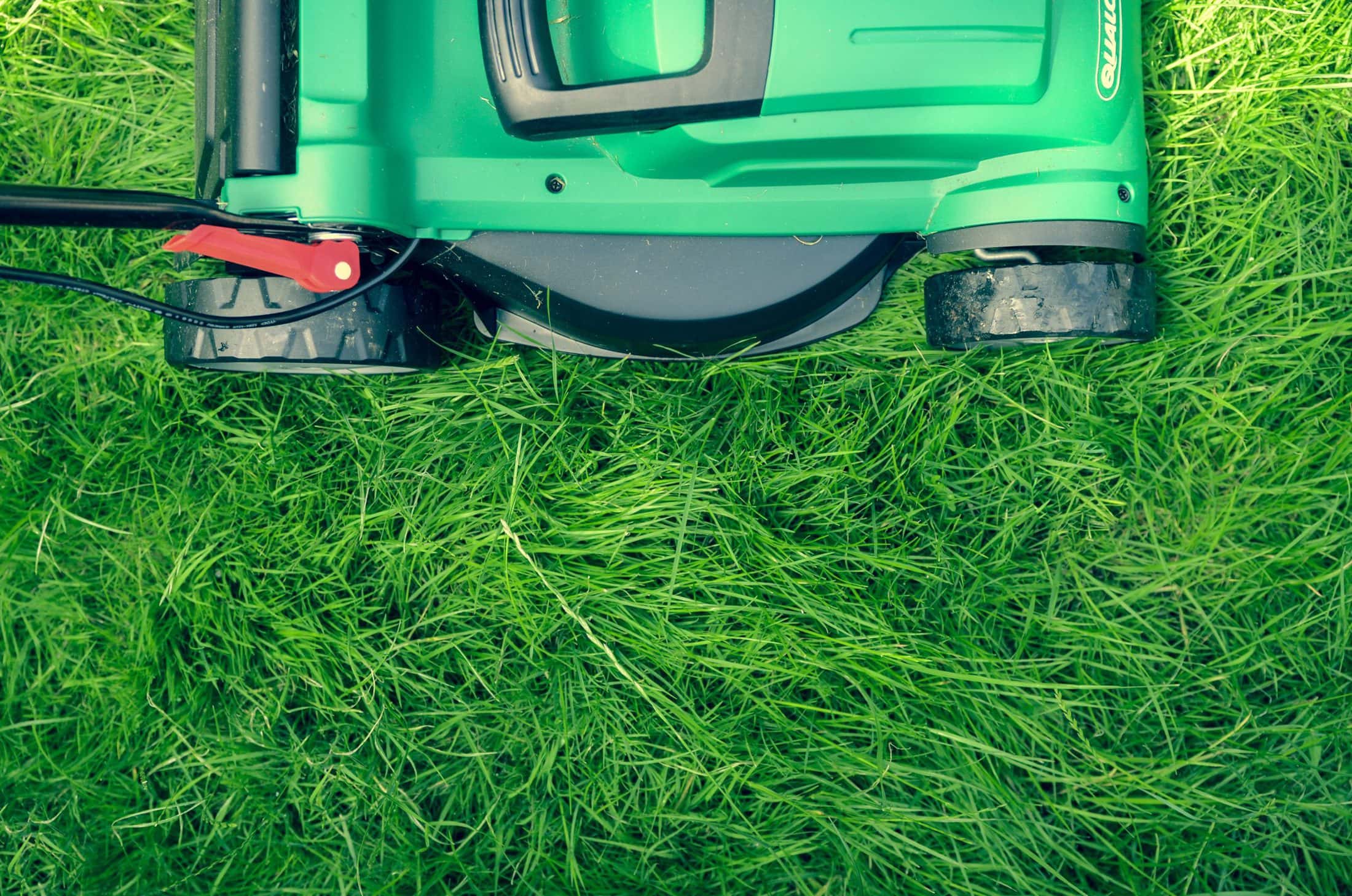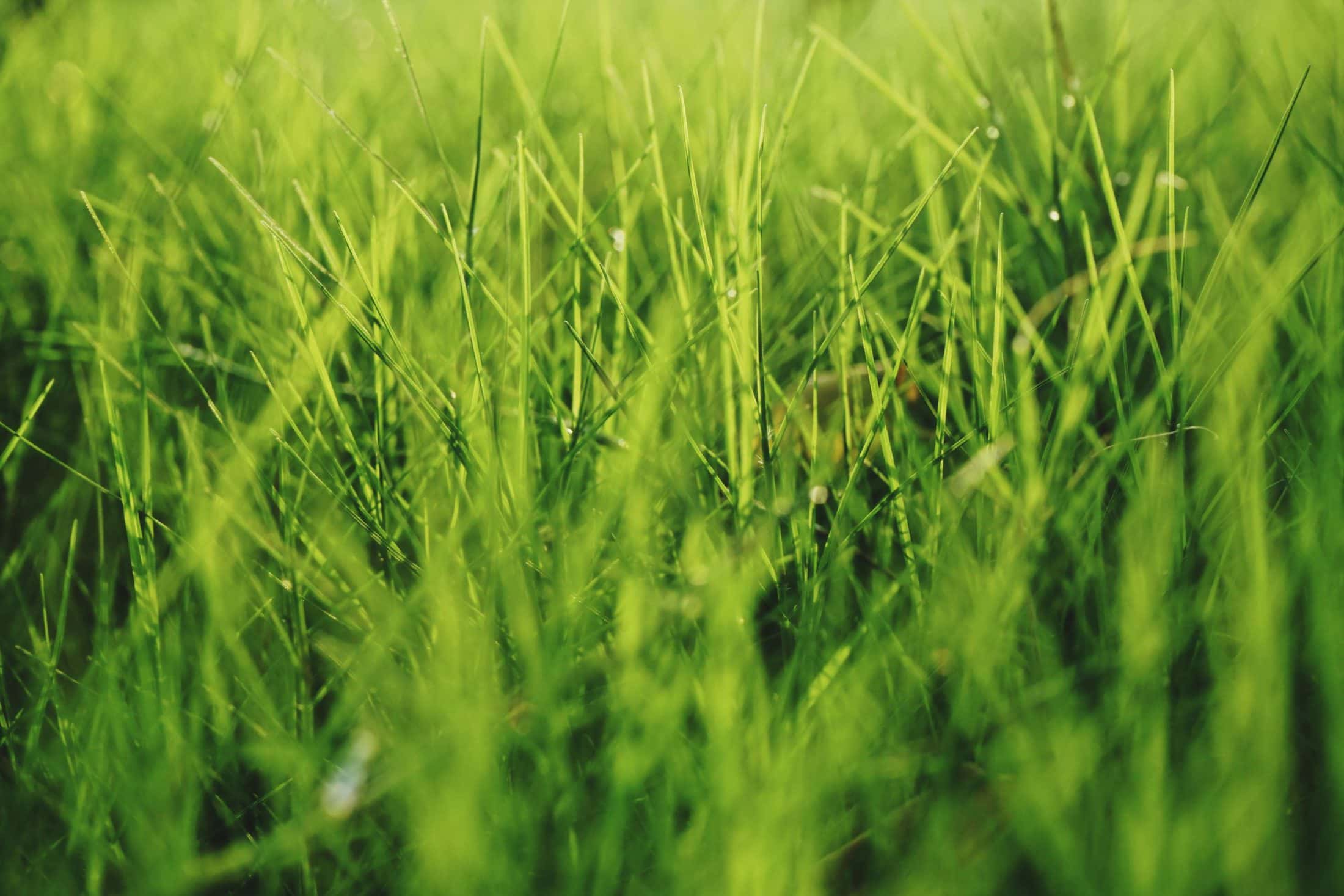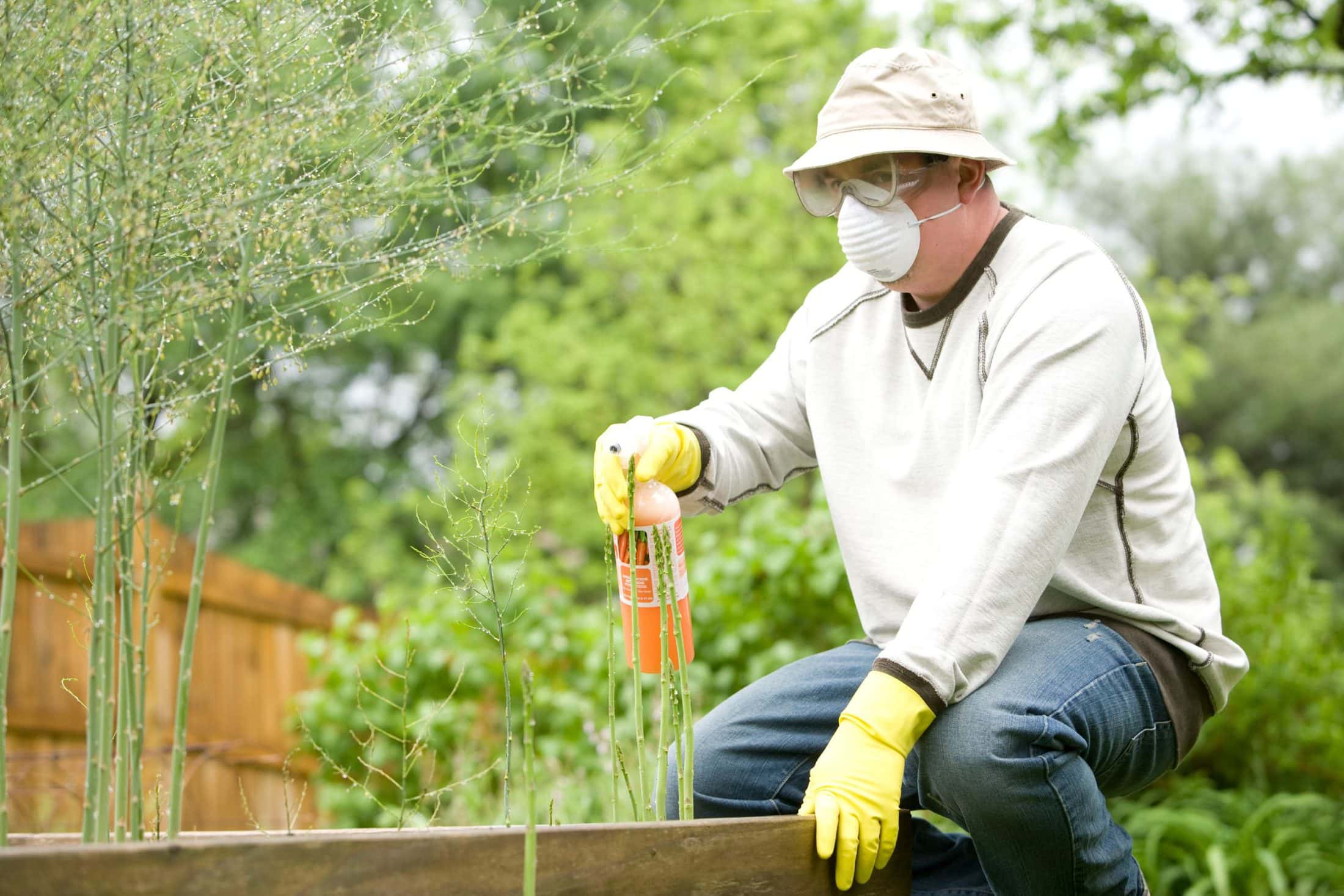Taking care of your lawn is a task that can quickly get away from you, especially if it needs some work to get it in good condition. A patchy lawn will need some attention to get it back to that full green look that you want, and a lawn that has become overgrown will need some work, too. The task isn’t as difficult as you may think, though. With these cutting, fertilizing, and weed-killing tips, you’ll have a thick lawn with minimal effort to maintain.
Cutting tips
1. The first thing to invest in to promote good lawn growth is a lawnmower with adjustable height settings and sharp blades. Dull blades will crush rather than cut blades of grass, which can lead to damage and disease. You’ll find that sharp blades will give you a consistent cut that immediately makes your lawn look more attractive, and clean cuts will promote new growth. Additionally, if you’re dealing with overgrown branches or tough shrubs around the lawn, an electric chainsaw can be a handy tool to keep everything neat and tidy, making the overall landscape look well-maintained.

2. Depending on the time of the year, you’ll also want to cut the grass to different lengths, so an adjustable mower is so useful. At the start of the year, cut the grass to a relatively short distance to encourage the grass to grow more quickly and get a nice even cut. After this, you can mow on a longer setting to create some shade and stop weeds from growing as quickly.
3. Most people use a lawnmower that collects the cuttings, which is a good idea on your first cut as there will be a lot of cuttings. After this, you may want to consider leaving the cuttings on your lawn as you mow it. This is called grasscycling, and the cuttings will decompose on the lawn and fertilize it, helping to accelerate the grass’ rate and thickness. It’s recommended that you only grasscycle when the grass is dry, and ideally, you want the cuttings to be as small as possible, which can be done with a mulcher or by mowing more frequently before the grass can grow too long.

Fertilizer and weed killers
4. Fertilizer is one of the best ways to ensure your lawn and garden stay healthy. The best time to fertilize your lawn is in the early spring and around the autumn at the end of the season, and then you can continue with lighter feeding throughout the rest of the year. The best time to fertilize is in the autumn, though, as this can help your lawn recover from the summer heat, and help the grass have enough nutrients to get it through the winter.

5. When applying the weed killer, it’s best to do some initial research to determine what kind of weeds you’re dealing with and choose a chemical that will best deal with it. Most weeds can be dealt with a one-off treatment, but some hardier weeds may need additional doses to kill them. Be careful with how much weed killer you use as being over-generous may impact your grass’ health.
